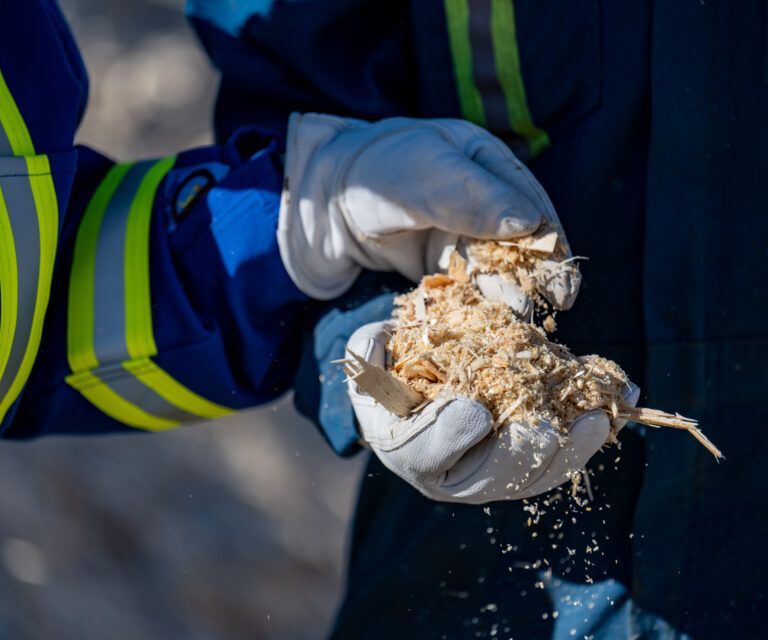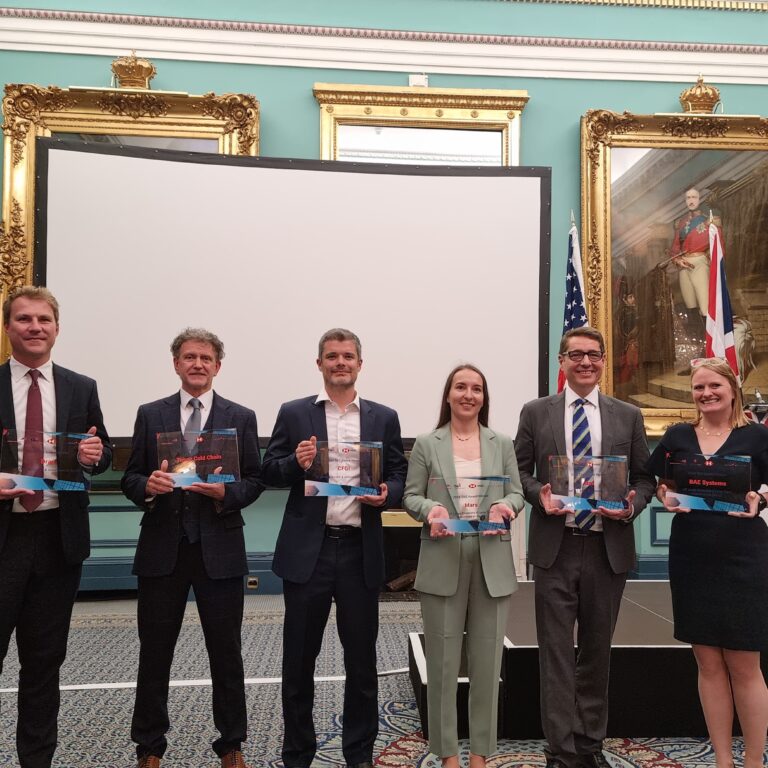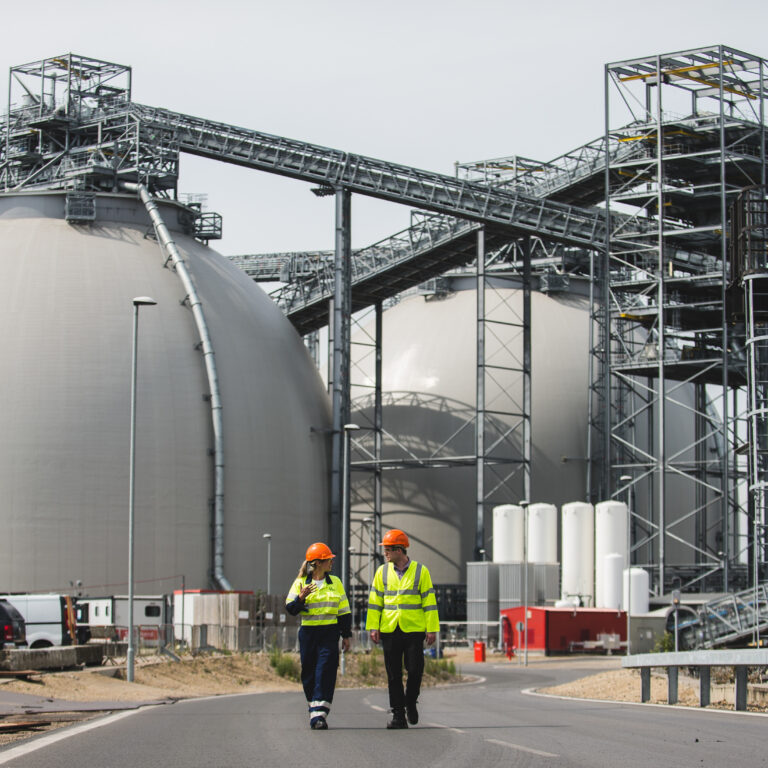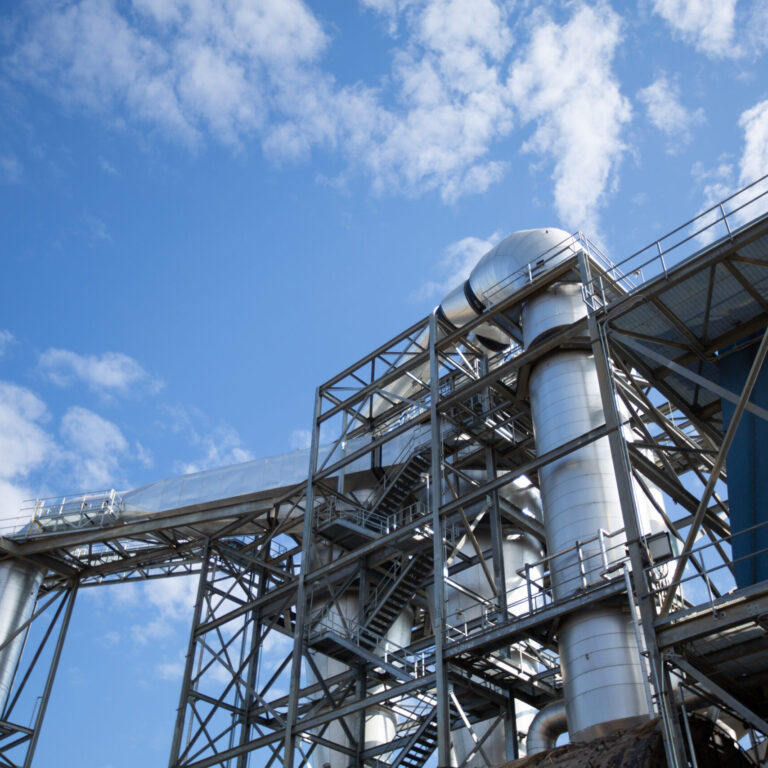By Angela Hepworth, Commercial Director at Drax.
Earlier this year, leading bioenergy with carbon capture and storage (BECCS) developers Drax and Stockholm Exergi released a methodology for BECCS-derived CO2 removal (CDR) credits to ensure a high standard of integrity. Angela Hepworth, Commercial Director at Drax, explores the methodology and how this development will positively impact the global CDR market.
In the fight against climate change, BECCS has the potential to deliver gigatonne-scale, permanent carbon removals. Demand for carbon removals is set to increase 13 times the size of the 2021 market to 2.6 Gt by 2030, according to the World Economic Forum, as organisations across the planet search for realistic solutions to meet their climate commitments.
Drax has been pioneering BECCS projects that will remove CO2 from the atmosphere in the US, UK and beyond. The company is not simply focused on advancing the technology, but is committed to ensuring that BECCS projects deliver the carbon benefits they promise are sustainable, and provide an equitable energy transition that everyone can benefit from.
There’s an urgent need for companies like Drax to develop high-quality carbon removal projects at scale. To do that, we sell CDR credits to organisations who can use them as part of their pathway to decarbonisation. However, the market for carbon removals is still tiny compared to the global need, and there are numerous barriers that prevent it from working properly.



















